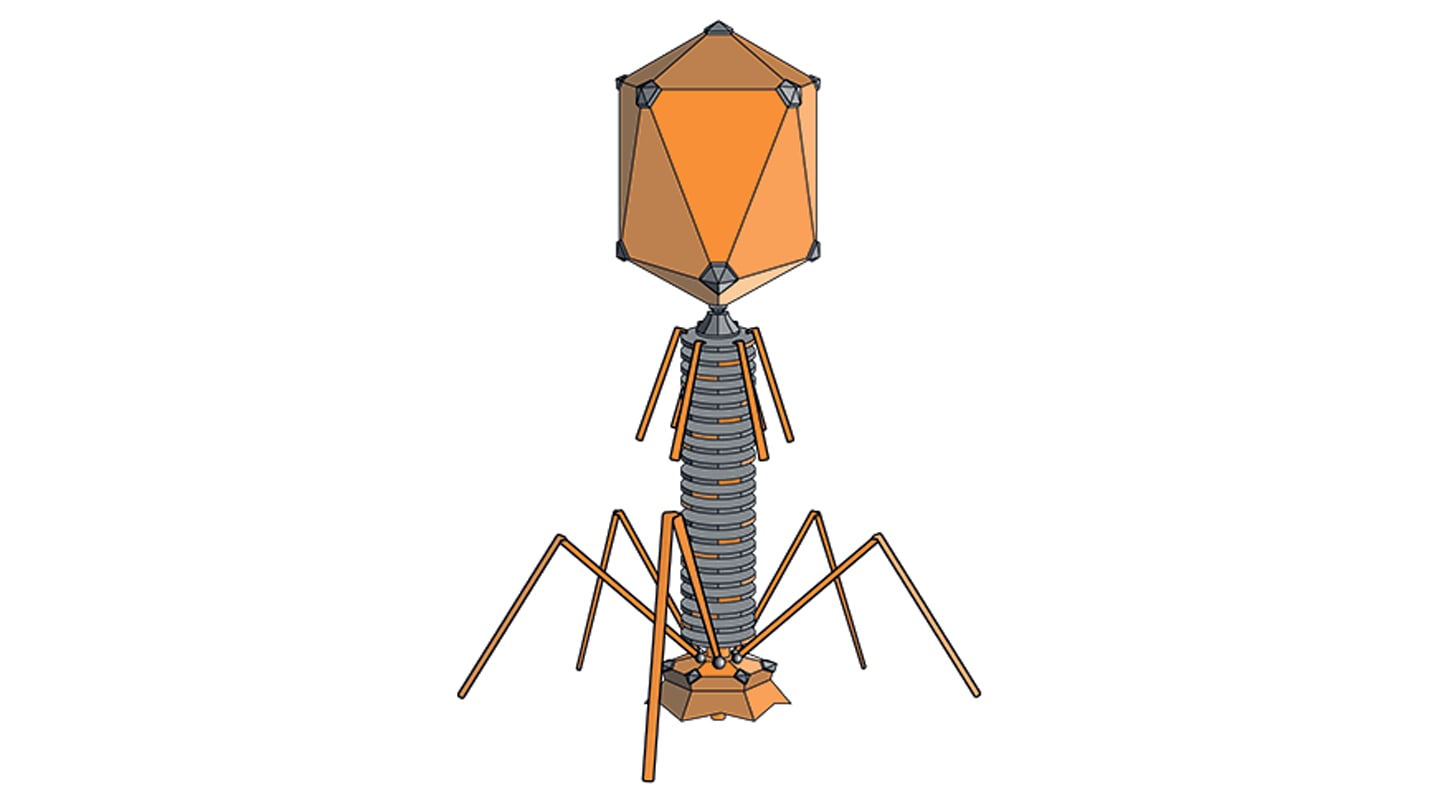
A study led by Karl Landsteiner University of Health Sciences (KL Krems) in Austria challenges the widespread practice of routinely crushing tablets for stroke patients with swallowing disorders (dysphagia). Researchers used endoscopic swallowing diagnostics in post-stroke patients and found that whole tablets administered with a soft bolus such as apple sauce were often swallowed safely, without signs of aspiration or penetration. In contrast, crushed tablets left significantly more residue in the pharynx, which could impair drug absorption and risk complications. The findings suggest the need to move away from default crushing and adopt individualized assessments for safe medication in stroke care. Michaela Trapl-Grundschober, speech therapist and scientist at the Division of Neurology, University Hospital Tulln (a teaching and research centre of KL Krems), discusses the pros and cons of oral administration for post-stroke patients.
How common is the practice of routinely crushing tablets for patients with post‐stroke swallowing difficulties, and why?
Crushing oral solid dosage forms is a widespread practice among nursing staff in stroke units and in general hospital wards and long-term care facilities. Several studies have documented this behaviour: a scoping review reported that 77 percent of caregivers routinely crush tablets for patients with swallowing difficulties, while an interview study found that 88 percent of hospital nurses modify solid dosage forms, with about 35 percent of them lacking sufficient training to do so safely. This routine is driven by the assumption that patients with dysphagia are more likely to choke on solid material, and that crushing tablets makes swallowing safer. In addition, practical uncertainty persists regarding which medications may be altered, how they should be prepared, and which vehicles (such as apple sauce or yogurt) are appropriate for administration. Because acute stroke patients frequently present with newly developed dysphagia, we specifically focused on this population to investigate the safety and efficiency of medication intake under controlled conditions.
What factors (e.g. tablet size, shape, coating, bolus medium) determine whether a whole tablet is safer?
In our Fiberoptic Endoscopic Evaluation of Swallowing (FEES) study of acute stroke patients (n=60), no aspiration events occurred for fully swallowed whole tablets (8mm round, 17mm oblong, or size-2 capsule) when administered with 3mL apple sauce (IDDSI 4) as an accompanying bolus. Swallowing performance, however, differed markedly between tablet types. The small, uncoated 8mm tablet was swallowed most efficiently and safely, outperforming both the larger 17mm tablet and the crushed preparation. Because only a limited selection of placebo tablets is commercially available, these three solid dosage forms were chosen to represent the most frequently prescribed tablet sizes and shapes on our stroke unit. Apple sauce was selected as the accompanying bolus medium since a previous nursing survey identified this consistency as the most commonly used carrier for medication administration. Each tablet was administered with 3mL of apple sauce, a volume that proved sufficient for the small tablet but often required additional boli for the capsule and larger tablet to achieve complete clearance. These findings highlight the influence of tablet geometry, bolus volume, and texture on swallowing safety and efficiency in post-stroke dysphagia.
What are the clinical implications of residue from crushed tablets for absorption, aspiration risk, and overall efficacy?
Crushed tablets produced significantly more vallecular residue than whole tablets in our study, raising concerns about delayed dissolution, altered bioavailability, local mucosal irritation, and potential secondary aspiration of dissolved material. Moreover, not all formulations are suitable for crushing, as modification may change pharmacokinetics or compromise therapeutic efficacy. As emphasized by Blaszczyk et al. (2023), safe medication administration in dysphagic patients requires close interdisciplinary collaboration: pharmacists must determine which medications can be altered without compromising efficacy or safety, while speech-language pathologists play a key role in assessing, ideally through instrumental methods such as FEES, whether tablet modification is even necessary. Yet, in everyday clinical practice, such coordinated decision making is still rare, leaving healthcare professionals to rely largely on routine experience rather than evidence-based guidance.
How do you balance the potential risks and benefits of intact tablet administration in stroke patients?
Our findings showed that small, uncoated tablets can usually be swallowed safely and efficiently by patients with mild to moderate post-stroke dysphagia, suggesting that the actual aspiration risk in this subgroup is very low. Nevertheless, the safest way to determine whether a patient can manage whole, or, if necessary, crushed, medications is through an individualized, FEES-guided assessment, which remains the gold standard for evaluating swallowing safety. This approach enables clinicians to directly observe the swallowing of either placebo tablets or the patient’s own prescribed medications, thereby identifying the optimal bolus consistency and volume. Many stroke units already incorporate this instrumental assessment into their standard clinical routine, helping to ensure both patient safety and effective medication administration.
What are the implications of these findings for pharmaceutical formulation design and manufacture?
Our data suggest that pharmaceutical design should increasingly consider the needs of patients with dysphagia. Small, uncoated tablets that are easy to transport and clear were swallowed most safely in our study. This supports developing solid dosage forms with favourable geometry and surface characteristics, as well as orodispersible or thickened liquid formulations that are easier to manage for patients with swallowing difficulties. Such alternatives could be particularly valuable for non-cooperative or cognitively impaired patients, who may chew or spit out tablets, a behavior also observed in our cohort. Ultimately, pharmaceutical formulations should aim to enable safe and efficient intact administration, thereby reducing the need for crushing and minimizing the risk of medication errors.
What further research is needed to refine guidance on solid dosage form administration in dysphagic patients?
Future research should expand to larger, multicenter cohorts and include patients with different stroke severities to validate these findings across a broader clinical spectrum. Further studies should also explore the impact of different bolus textures and volumes on swallowing performance and safety during medication intake. Equally important is to investigate implementation strategies – how interprofessional teams can integrate FEES-based assessments and pharmacist consultation into routine practice to ensure that medication administration is both safe and evidence-based. Education and training programs for healthcare professionals remain essential to reduce inappropriate tablet modification and to promote standardized, individualized dysphagia management.
Two key messages emerge from this research. First, in acute stroke with dysphagia, tablets should not be crushed by default. Instead, the swallowing of solid dosage forms should be systematically evaluated using FEES, ideally with a safe accompanying bolus, to determine whether whole or modified medication intake is feasible.
Second, effective medication management in dysphagic patients requires structured interdisciplinary pathways, bringing together speech-language pathologists, nurses, physicians, and pharmacists, so that decisions on tablet modification are guided by instrumental evidence rather than routine practice.




